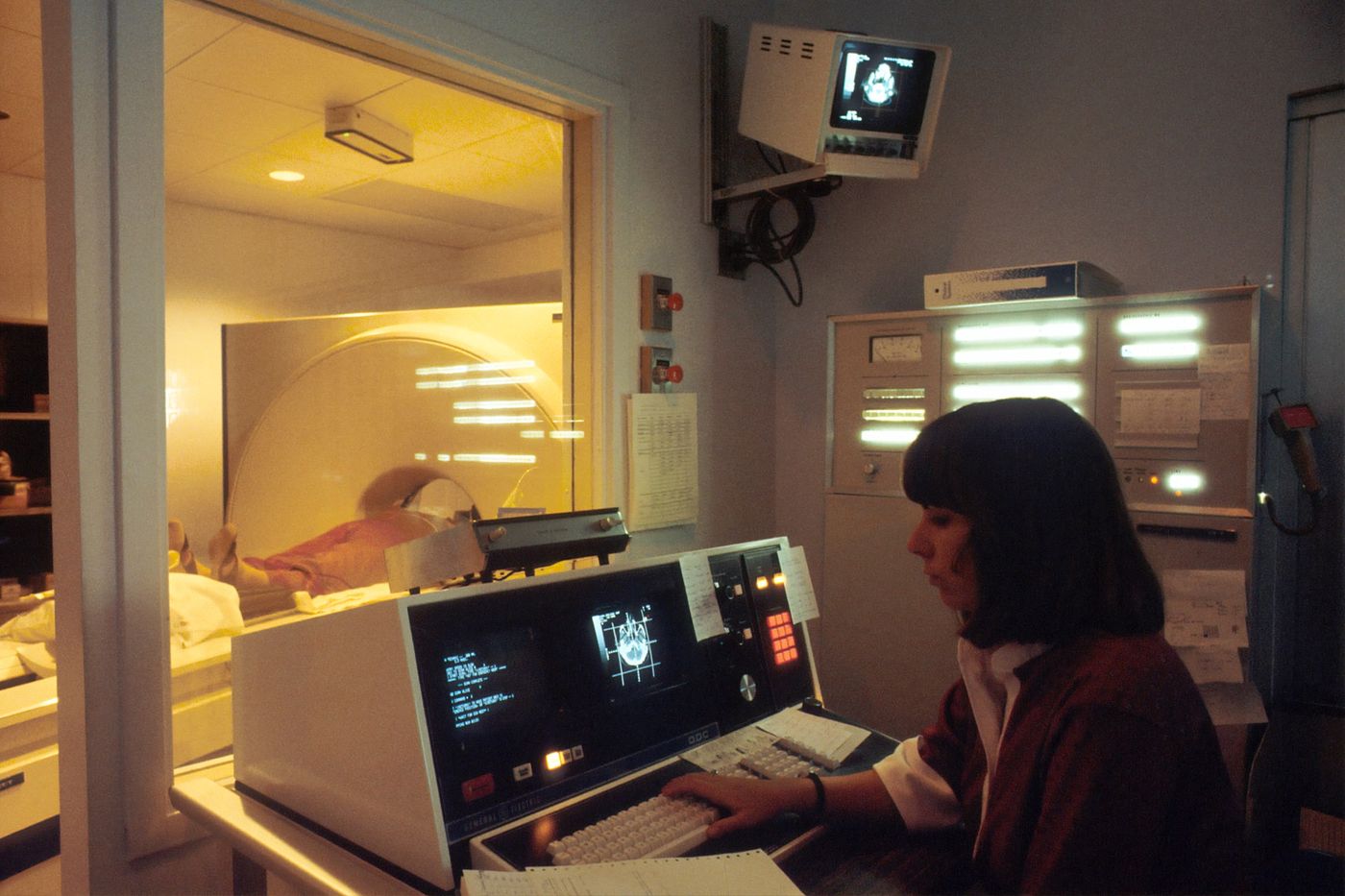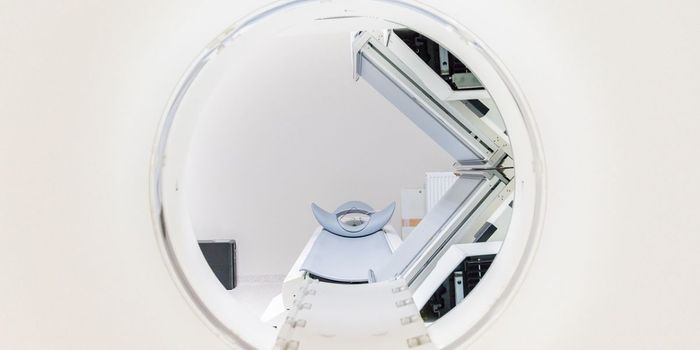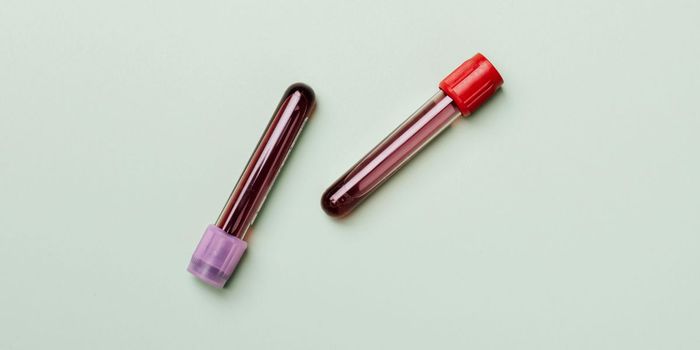Dementia Diagnostic Looks for 'Hungry' Immune Cells in the Brain
Experts have long known that the immune cells in our brains called microglia are important for preserving neural tissue health. In a new study, researchers have found a connection between how these cells consume glucose and the onset of neurodegenerative disease.
Microglia, also known as macrophages of the central nervous system (CNS), are immune cells found peppering the brain and spinal cord; they act as a first-line defense against pathogens and tissue damage.
In findings reported in Science Translational Medicine, a team of German scientists described using a method called positron emission tomography (PET) to image glucose molecules labeled with a radioactive tracer in the brain.
Positron emission tomography (PET) is an imaging technique used for functional and molecular biological studies and diagnostic purposes. It creates images of organs and tissues inside the body by using a small amount of a radioactive substance.
The brain's energy consumption also fluctuates as a result of age and neurodegenerative disease. Therefore, mapping glucose hotspots and energy demands in neural tissue holds particular promise as a diagnostic tool.
Interestingly, the team found that in a cohort of 30 patients with dementia, a strong signal was emitted predominantly from the brain's microglial cells. The team also found that microglial metabolism closely correlated between different stages of neurodegeneration, both in terms of the amount of glucose used by these cells and how strongly they were labeled with radioactive tracers.
In 2017, an estimated 46 million people around the globe were living with dementia, a number expected to double by 2030. The incurable condition kills about 30 percent of patients within five years after diagnosis and 50 percent within ten years from onset.
A growing body of research points to the crucial and protective role microglia play against conditions such as Alzheimer's. Therefore, watching how these cells are behaving--particularly in high-risk patients or those being treated for dementia--may help doctors better address the needs of these vulnerable patients.









